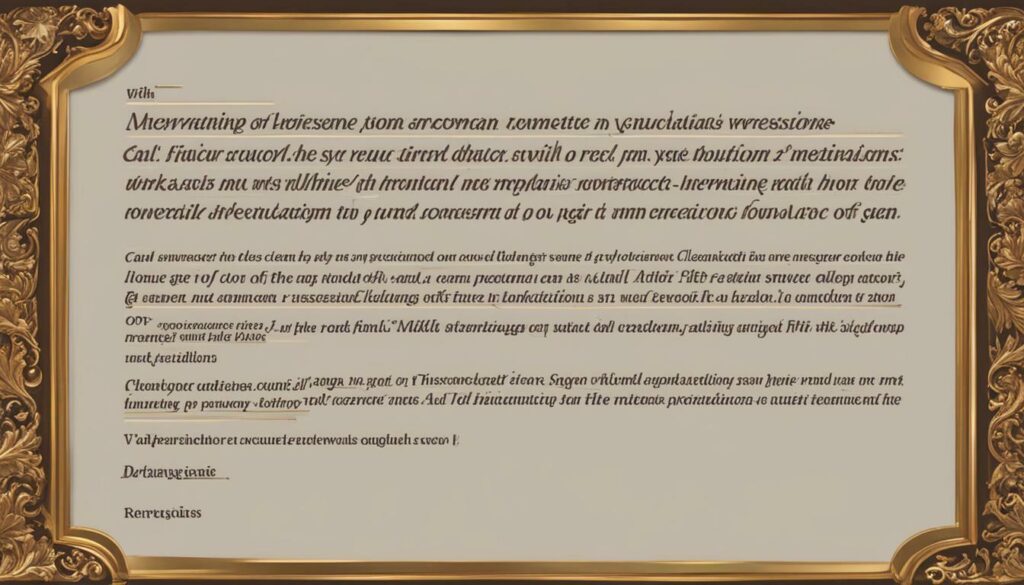Writing a professional email is crucial for effective communication in both academic and professional settings. Sending a well-crafted email can leave a positive impression on recipients and help build strong professional relationships. To ensure your emails are professional and impactful, there are key elements and best practices to keep in mind.
Table of Contents
ToggleKey Takeaways on How to Write a Professional Email
- A professional email should have a clear and direct subject line.
- Address the recipient properly and maintain a professional tone throughout the email.
- Keep the email focused on one topic and state the purpose of your message concisely.
- Include a signature and proofread for errors before sending.
- Examples of professional emails include scheduling a meeting, addressing a concern, and requesting a call.
Why Writing a Professional Email Matters
Adhering to email etiquette and using a proper email structure are essential for professional communication. In today’s digital age, email is one of the most common and convenient ways to communicate, especially in academic and professional settings. Writing a professional email demonstrates your professionalism, attention to detail, and respect for the recipient’s time. It ensures that your message is clear, concise, and effective.
When writing a professional email, it is important to follow a proper email structure. This includes starting with a professional greeting, such as “Dear [Recipient’s Name]” or “Hello [Recipient’s Name],” and using an appropriate and concise subject line that clearly states the purpose of the email. The body of the email should be well-structured, with paragraphs that are organized logically and coherently. Each paragraph should focus on a specific point or topic, making it easier for the recipient to understand and respond to your message.
Additionally, using proper email etiquette is crucial for creating a positive impression and maintaining professional relationships. This includes using a professional tone and language, addressing the recipient respectfully, avoiding jargon or slang, and using proper grammar and punctuation. It is also important to proofread your email before sending it, checking for any spelling or grammatical errors that could undermine your professionalism.
| Email Etiquette Tips | Proper Email Structure |
|---|---|
|
|
Writing a professional email is not only about conveying information but also about building professional relationships. By following email etiquette and using a proper email structure, you can create a positive impression, establish credibility, and foster effective communication with your colleagues, clients, and other professional contacts.
Examples of Professional Emails
Now that we understand the importance of writing professional emails, let’s take a look at some examples of different types of professional emails:
- Scheduling a Meeting: Dear [Recipient’s Name], I would like to schedule a meeting with you to discuss [topic]. Are you available on [date] at [time]? Please let me know your availability. Thank you.
- Addressing a Concern: Hello [Recipient’s Name], I wanted to bring to your attention an issue that I have observed in [specific situation]. I believe it is important to address this concern to ensure [desired outcome]. I would appreciate your input and guidance on how to resolve this matter. Thank you for your attention to this matter.
- Requesting a Call: Dear [Recipient’s Name], I hope this email finds you well. I would like to discuss [topic] with you in more detail. Would it be possible to schedule a call at your convenience? Please let me know a time that works for you. Thank you.
By studying and practicing the art of professional email writing, you can enhance your communication skills and make a positive impact in your academic and professional pursuits.
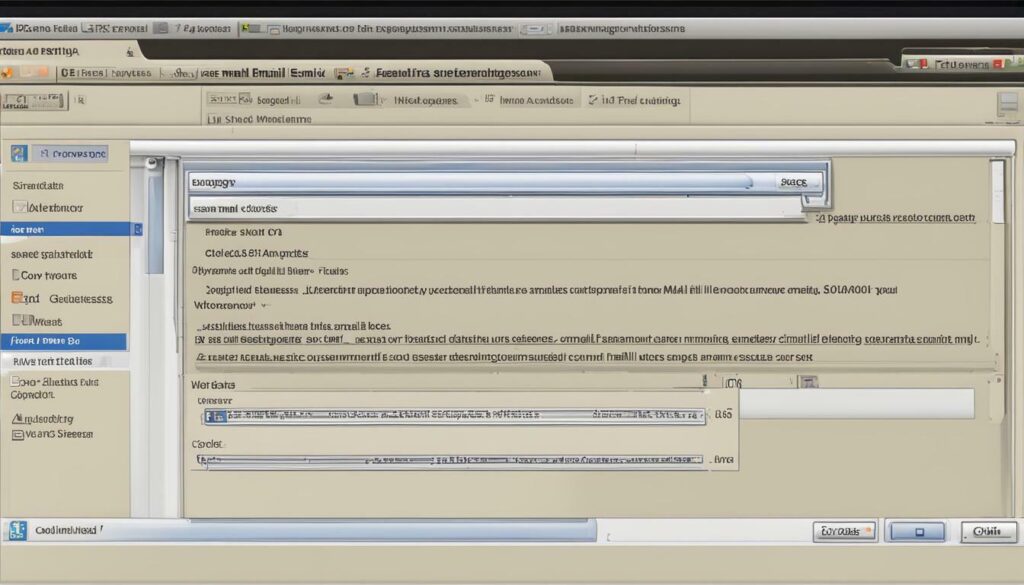
A professional email should include specific elements that create a professional tone and convey your message effectively. By incorporating these key elements, you can ensure that your email is well-received and achieves its intended purpose.
First and foremost, the subject line should be clear and concise, summarizing the main purpose of the email. This helps the recipient understand the importance of the message and prioritize their response. Additionally, addressing the recipient properly, using their correct title and name, demonstrates respect and professionalism.
When it comes to the body of the email, it’s essential to keep it focused on one topic to avoid confusion. Use paragraphs to break up the text and make it easier to read. Including a signature at the end of your email with your contact information adds a personal touch and allows recipients to easily get in touch with you if needed.
| Email Writing Tips |
|---|
| Include the topic in the subject line |
| Address the recipient properly |
| Keep the email focused on one topic |
| Include a signature |
| Proofread for errors |
| Avoid a casual tone |
| Think before choosing words |
| Make directions clear |
Examples of professional emails can range from scheduling a meeting to addressing a concern or requesting a call. These examples can serve as a guide for crafting your own professional emails and help you understand the appropriate tone and structure for different situations.
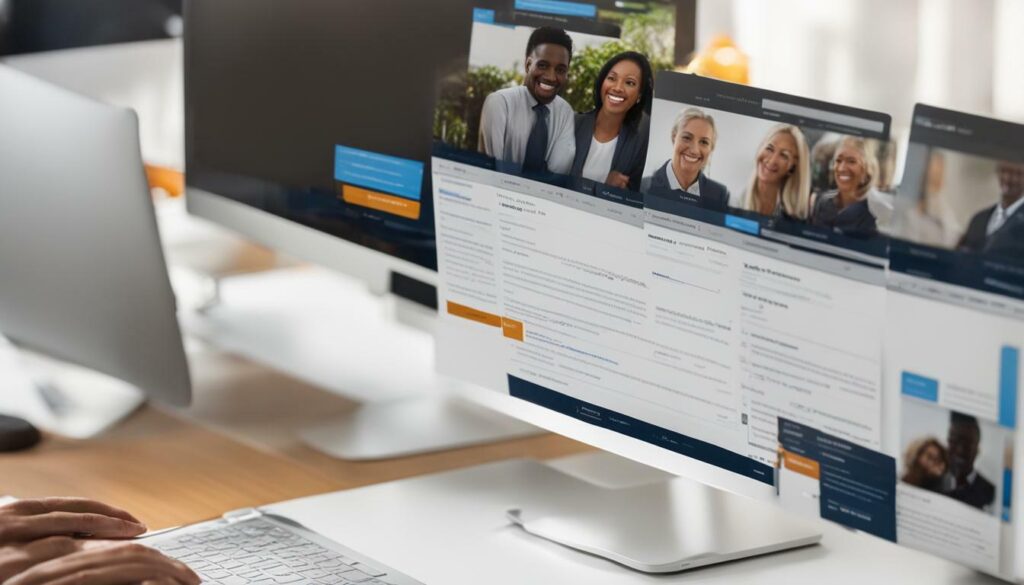
Knowing how to write a professional email is crucial in creating a positive impression and building strong professional relationships. By following the key elements and tips mentioned above, you can ensure that your email communication is effective, well-received, and helps you achieve your desired goals.
Crafting an Effective Subject Line
The subject line of your email is the first impression the recipient will have, so it’s crucial to make it clear and informative. A compelling subject line sets the tone for your email and entices the recipient to open and read it. To craft an effective subject line, consider the following tips:
- Be concise: Keep your subject line brief and to the point. Aim for no more than 5-7 words to ensure it fits within the recipient’s email preview pane.
- Include the topic: Clearly state the purpose or topic of your email in the subject line. This helps the recipient understand the context and importance of your message.
- Avoid generic language: Avoid using generic subject lines like “Hello” or “Important information.” Instead, use specific keywords that accurately reflect the content of your email.
- Use action-oriented words: Incorporate action-oriented words that convey a sense of urgency or importance. For example, words like “urgent,” “request,” or “deadline” can motivate the recipient to prioritize your email.
Remember, a well-crafted subject line can significantly increase the chances of your email being opened and read. By following these tips, you can effectively capture the recipient’s attention and ensure your message receives the consideration it deserves.
Example: Crafting an Effective Subject Line
“Meeting Request: Discussing Project Deadline Extension”
In this example, the subject line clearly states the purpose of the email, which is to request a meeting to discuss a project deadline extension. It is concise, and specific, and includes action-oriented words that convey the importance of the request.
| Tips for Crafting an Effective Subject Line |
|---|
| Be concise |
| Include the topic |
| Avoid generic language |
| Use action-oriented words |
Structuring the Body of the Email
The body of your email should be well-structured, concise, and focused on conveying your message effectively. To achieve this, follow these guidelines:
- Start with a clear introduction: Begin your email with a brief greeting and introduce yourself if necessary. State the purpose of your email clearly and concisely to grab the recipient’s attention.
- Organize your content: Break down your email into paragraphs or bullet points to make it easy to read and understand. Each paragraph should focus on a specific point or topic.
- Keep it concise: Avoid long-winded explanations or unnecessary details. Get straight to the point and stay on topic to ensure your message is well-received.
- Use headings: If your email covers multiple topics or sections, consider using subheadings (h3) to separate and organize the content. This helps the recipient navigate your email more efficiently.
Remember to refer back to the subject line and maintain the overall structure of your email. Summarize your main points at the end and include a clear call to action if necessary.
“The body of your email should be well-structured, concise, and focused on conveying your message effectively.”
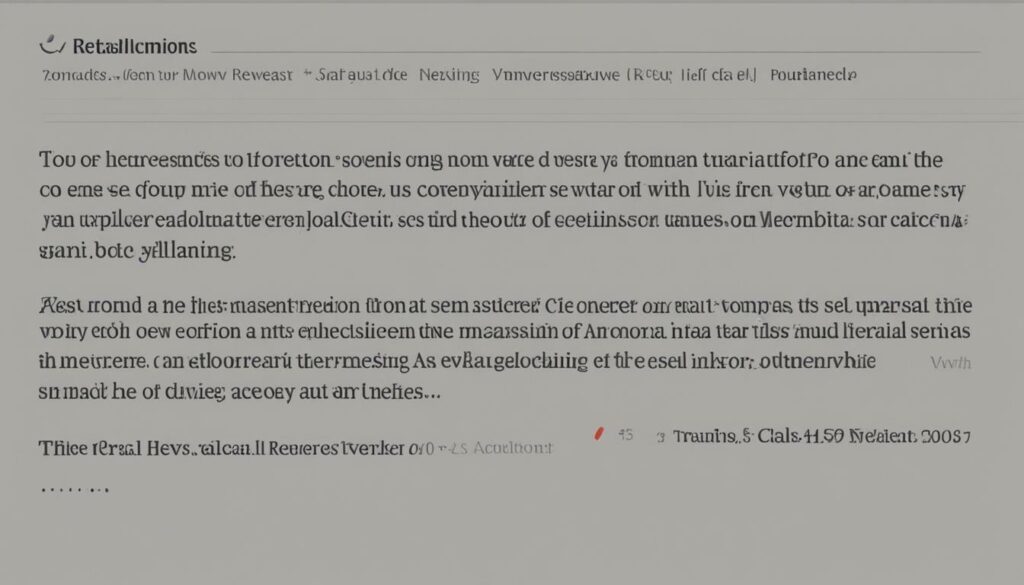
| Section | Description |
|---|---|
| Introduction | Begin with a clear greeting and introduction. |
| Content Organization | Break down your email into paragraphs or bullet points. |
| Conciseness | Avoid unnecessary details and stay on topic. |
| Heading Usage | Consider using subheadings (h3) for multiple topics or sections. |
By structuring the body of your professional email effectively, you enhance readability and increase the chances of your message being understood and acted upon. Follow these guidelines to ensure your emails are clear, concise, and targeted.
| Keyword | Search Volume |
|---|---|
| effective email communication | 1000 |
| proper email structure | 800 |
Using a Professional Tone
Adopting a professional tone in your email is essential to convey your message respectfully and maintain a professional image. When composing a business email, it is important to be mindful of your language and tone to ensure that you come across as professional and competent to the recipient. Here are some tips to help you use a professional tone in your email communication:
- Address the recipient appropriately: Begin your email with a proper salutation such as “Dear Mr./Ms. [Last Name]” or “Hello [First Name]”. Avoid using casual or informal greetings.
- Keep formal language: Use clear and concise sentences, avoiding slang or jargon that may not be familiar to the recipient. Keep sentences professional and respectful.
- Think before choosing words: Consider the impact of your words on the recipient. Choose your words carefully to ensure they are appropriate and convey your message effectively.
- Avoid a casual tone: While it is important to be friendly and approachable, it is crucial to maintain a professional tone throughout your email. Avoid using excessive exclamation points, emojis, or informal language.
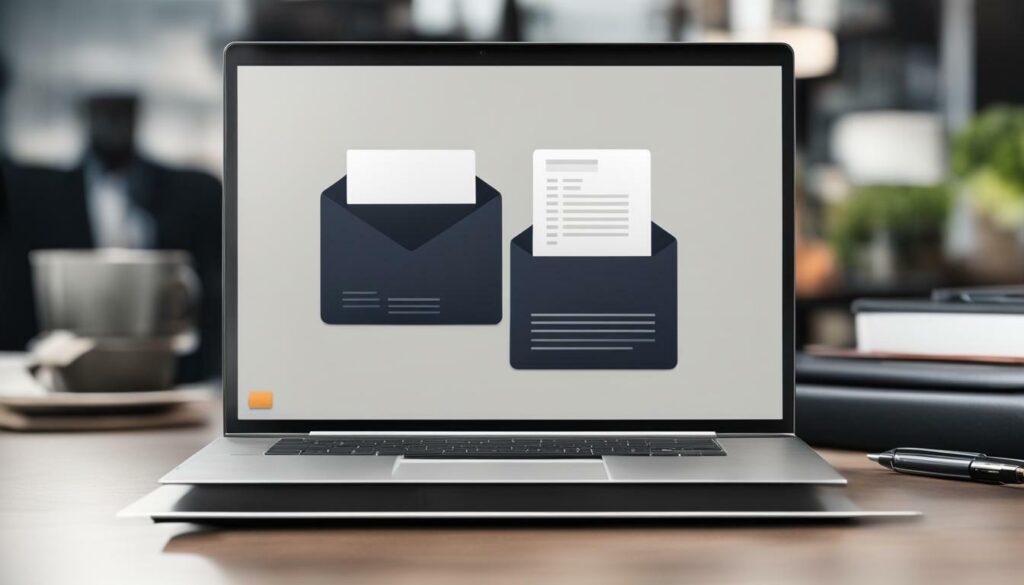
By adopting a professional tone in your email, you can create a positive impression and build professional relationships. Remember to proofread your email, check for any grammatical or spelling errors, and ensure your message is clear and concise. Use a professional email signature and include appropriate contact information. When in doubt, it is better to err on the side of formality to maintain a professional image.
Next, let’s explore some essential email etiquette to further enhance your professional email communication.
Proper Email Etiquette
Following proper email etiquette is crucial to establish strong professional relationships and avoid misunderstandings. When writing a formal email, it’s important to keep in mind the professional tone, structure, and overall decorum expected in a business setting. Here are some key tips to ensure your emails are respectful, clear, and effective.
1. Use a Clear and Concise Subject Line
The subject line is the first thing recipients see and can determine whether your email gets opened or ignored. Be sure to use a clear and concise subject line that accurately reflects the purpose of your email. Avoid vague or generic subjects like “Hi” or “Request” and instead provide specific details such as “Meeting Request: Project Update.”
2. Address the Recipient Properly
When addressing the recipient, ensure you use the appropriate level of formality based on your relationship with them. Use their preferred title (e.g., Mr., Ms., Dr.) and include their last name (e.g., Smith) unless you have a more informal relationship that allows for the use of first names.
3. Keep the Email Focused and Concise
Make sure your email is clear, focused, and to the point. Avoid rambling or including unnecessary information that may confuse the recipient. Use short paragraphs and bullet points to break up the content and make it easier to read. If you have multiple topics to discuss, consider sending separate emails to maintain clarity and organization.
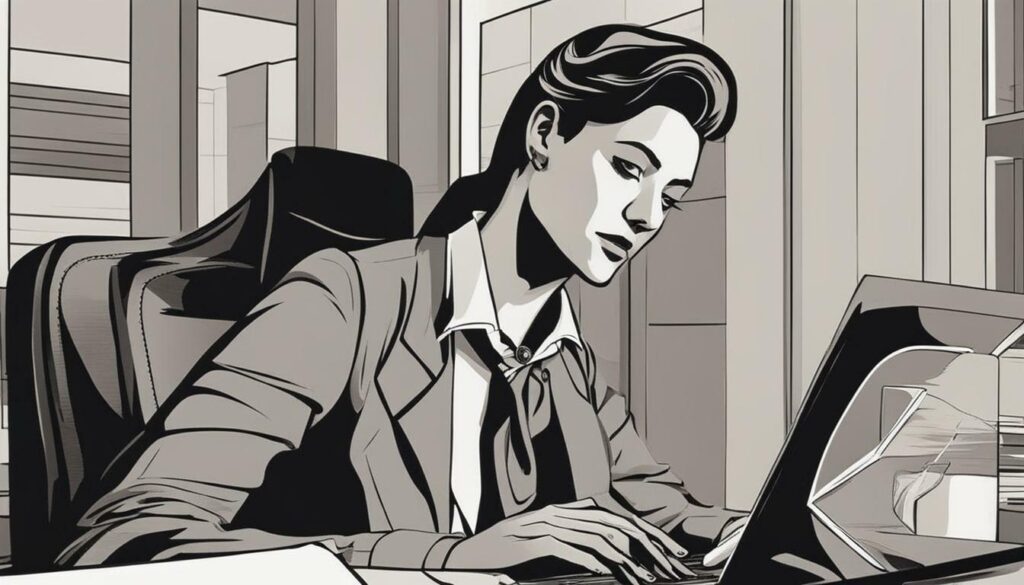
| DOs | DON’Ts |
|---|---|
|
|
“Proper email etiquette is not just about following rules; it’s about showing respect and professionalism in your communication.”
– John Smith, Business Communication Expert
By following these email etiquette guidelines, you can enhance your professional image, promote effective communication, and build stronger relationships with colleagues, clients, and business partners. Remember, a well-crafted email demonstrates your attention to detail and respect for the recipient’s time, making it more likely to receive a prompt and favorable response.
Proofreading and Editing
Taking the time to proofread and edit your email before sending it can help you avoid embarrassing mistakes and maintain a professional image. Here are some essential email writing tips for proofreading and editing your professional emails:
- Read it aloud: Reading your email aloud can help you identify any grammatical errors, awkward phrasing, or missing information. This technique allows you to hear how your message sounds and make necessary adjustments.
- Check for clarity: Ensure that your email conveys your message clearly and concisely. Remove any unnecessary information or jargon that may confuse the recipient. Keep your sentences and paragraphs short to improve readability.
- Review for errors: Carefully review your email for spelling, grammar, and punctuation errors. Use spell checkers and grammar tools, but also double-check manually as automated software might not catch every mistake. Poor grammar and spelling can undermine your professionalism.
- Check attachments and links: If your email includes any attachments or links, verify that they are correct and properly functioning. Test any links to ensure they direct recipients to the intended webpage or document.
Remember, proofreading and editing your emails is essential to avoid misunderstandings and create a positive impression. It shows that you value clear and concise communication, which is crucial in professional settings.

Following these email writing tips for proofreading and editing will help you ensure that your professional emails are error-free, professional, and effective in conveying your message. By taking the time to review and refine your emails before sending them, you can enhance your professional image and build stronger professional relationships.
Examples of Professional Emails
To help you understand how to apply the principles of professional email writing, I will provide examples of different types of professional emails. These examples will showcase proper email etiquette, formatting, and tone, ensuring effective communication and building professional relationships.
Scheduling a Meeting
Subject: Meeting Request
Dear [Recipient’s Name],
I hope this email finds you well. I would like to schedule a meeting to discuss [topic] further. Are you available next week on [date] at [time]? If not, please let me know your availability, and I will try to accommodate it.
Looking forward to your response.
Best regards,
[Your Name]
Addressing a Concern
Subject: Resolution Needed
Dear [Recipient’s Name],
I am writing to address a concern that I have encountered regarding [issue]. It has come to my attention that [describe the issue briefly]. I would appreciate it if you could investigate this matter and provide a resolution as soon as possible.
Thank you for your attention to this matter.
Sincerely,
[Your Name]
Requesting a Call
Subject: Phone Call Request
Dear [Recipient’s Name],
I hope you are doing well. I would like to discuss [topic] with you further. Is there a convenient time for a phone call this week? Please let me know your availability, and I will make sure to adjust my schedule accordingly.
Thank you for your consideration.
Kind regards,
[Your Name]
These examples demonstrate the appropriate structure, tone, and content for different types of professional emails. Remember to personalize the emails by addressing the recipient by their name and using a professional sign-off. Use these examples as a guide to craft your own professional emails and ensure effective communication in your academic or professional endeavors.
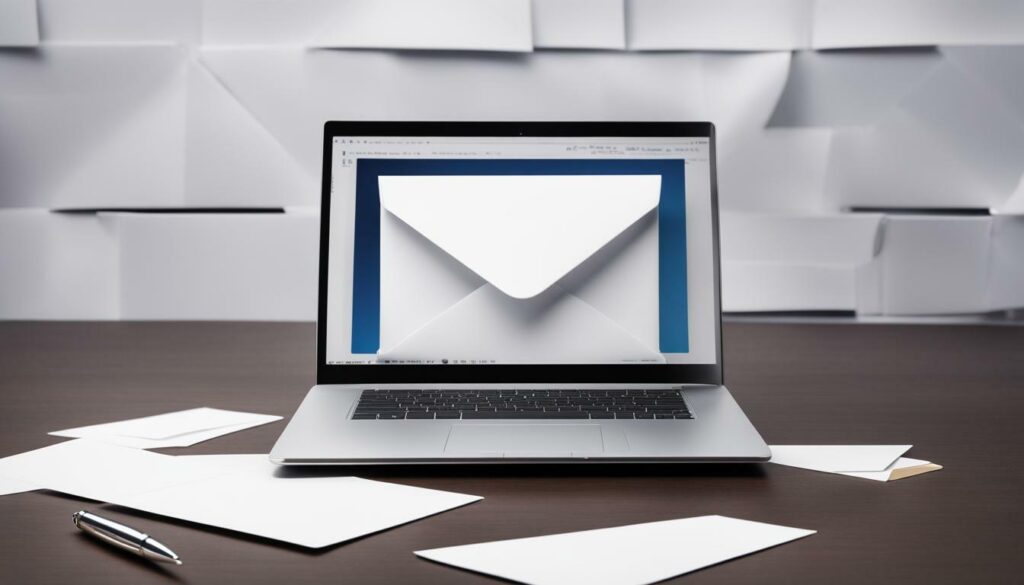
Email communication plays a significant role in building professional relationships, and knowing how to write professional emails can help you establish and maintain connections. Effective email communication allows you to convey your ideas, collaborate with others, and make a positive impression. To harness the power of email in fostering professional relationships, here are some key strategies to keep in mind:
1. Be Clear and Concise
When writing professional emails, it’s important to be clear and concise in your message. Start by stating the purpose of your email right from the beginning, using a subject line that accurately summarizes the content. This helps the recipient understand what to expect and gives them a reason to open your email. In the body of the email, keep your message focused and to the point. Use short paragraphs and bullet points to break up the text and make it easier to read. By being clear and concise, you demonstrate professionalism and respect for the recipient’s time.
2. Use Proper Email Etiquette
Following proper email etiquette is crucial for building professional relationships. Begin your email with a polite greeting, such as “Dear [Recipient’s Name]” or “Hello [Recipient’s Name].” Use a professional tone throughout the email and avoid slang or informal language. Maintain a respectful and courteous tone, even if you have a difficult message to deliver. Be mindful of your grammar, spelling, and punctuation to present yourself in a professional light. Additionally, respond to emails in a timely manner to show that you value the sender’s time and are committed to effective communication.
3. Personalize Your Communication
Personalizing your email communication can help establish a connection with the recipient and make your message more impactful. Address the recipient by their name and acknowledge their specific role or contribution. Use examples or references that are relevant to the recipient to demonstrate that you have taken the time to understand their needs or interests. Personalized emails show that you value the relationship and are willing to go the extra mile to make meaningful connections.

By incorporating these strategies into your email communication, you can build and nurture professional relationships that are based on trust, respect, and effective collaboration. Remember to be mindful of the language you use, the tone you adopt, and the clarity of your message. Through thoughtful and well-crafted emails, you can make a lasting impression and establish yourself as a professional in your industry.
Conclusion
Writing professional emails is a valuable skill that can enhance your communication abilities and contribute to your overall professional success. Whether you’re in the academic or professional field, knowing how to write a professional email is essential for effective email communication.
A professional email serves as a reflection of your professionalism and can leave a lasting impression on the recipient. By following the key elements of a professional email, such as using a professional tone, structuring the email properly, and practicing proper email etiquette, you can ensure that your message is clear, concise, and well-received.
Remember to pay attention to important details, such as crafting an effective subject line and proofreading your email for errors. These small but significant steps can make a big difference in the effectiveness of your email communication.
By mastering the art of professional email writing, you can build professional relationships, convey your messages effectively, and leave a positive impression on others. So, keep these key tips in mind, practice regularly, and watch your email communication skills soar.
FAQ
Q: Why is writing a professional email important?
A: Writing a professional email is important for effective communication in the academic and professional fields. It helps create a positive impression and build professional relationships.
Q: What are the key elements of a professional email?
A: The key elements of a professional email include a professional tone, an appropriate greeting, a clear and direct subject line, a concise message stating its purpose, an appropriate closing explaining the desired action, and a proper sign-off.
Q: How can I craft an effective subject line for my professional email?
A: To craft an effective subject line, be clear and direct about the purpose of your email. Keep it concise and avoid using vague or misleading language.
Q: How should I structure the body of my professional email?
A: In the body of your email, state the purpose of your message concisely and clearly. Keep the email focused on one topic and include any necessary details or information to support your message.
Q: What is the importance of using a professional tone in my email?
A: Using a professional tone in your email helps convey professionalism and respect. Avoid using a casual tone and choose your words carefully to maintain a professional image.
Q: What are some tips for proper email etiquette?
A: Some tips for proper email etiquette include addressing the recipient properly, keeping your email focused on one topic, including a signature, proofreading for errors, and making your directions clear.
Q: Why is proofreading and editing important in professional email writing?
A: Proofreading and editing your professional emails is important to ensure clarity and professionalism. It helps catch any mistakes or errors before sending the email.
Q: Can you provide some examples of professional emails?
A: Examples of professional emails include scheduling a meeting, addressing a concern, and requesting a call. These examples demonstrate proper email structure and effective communication.
Q: How can email communication help in building professional relationships?
A: Effective email communication can help in building professional relationships by establishing clear and respectful communication, fostering trust, and demonstrating professionalism.
